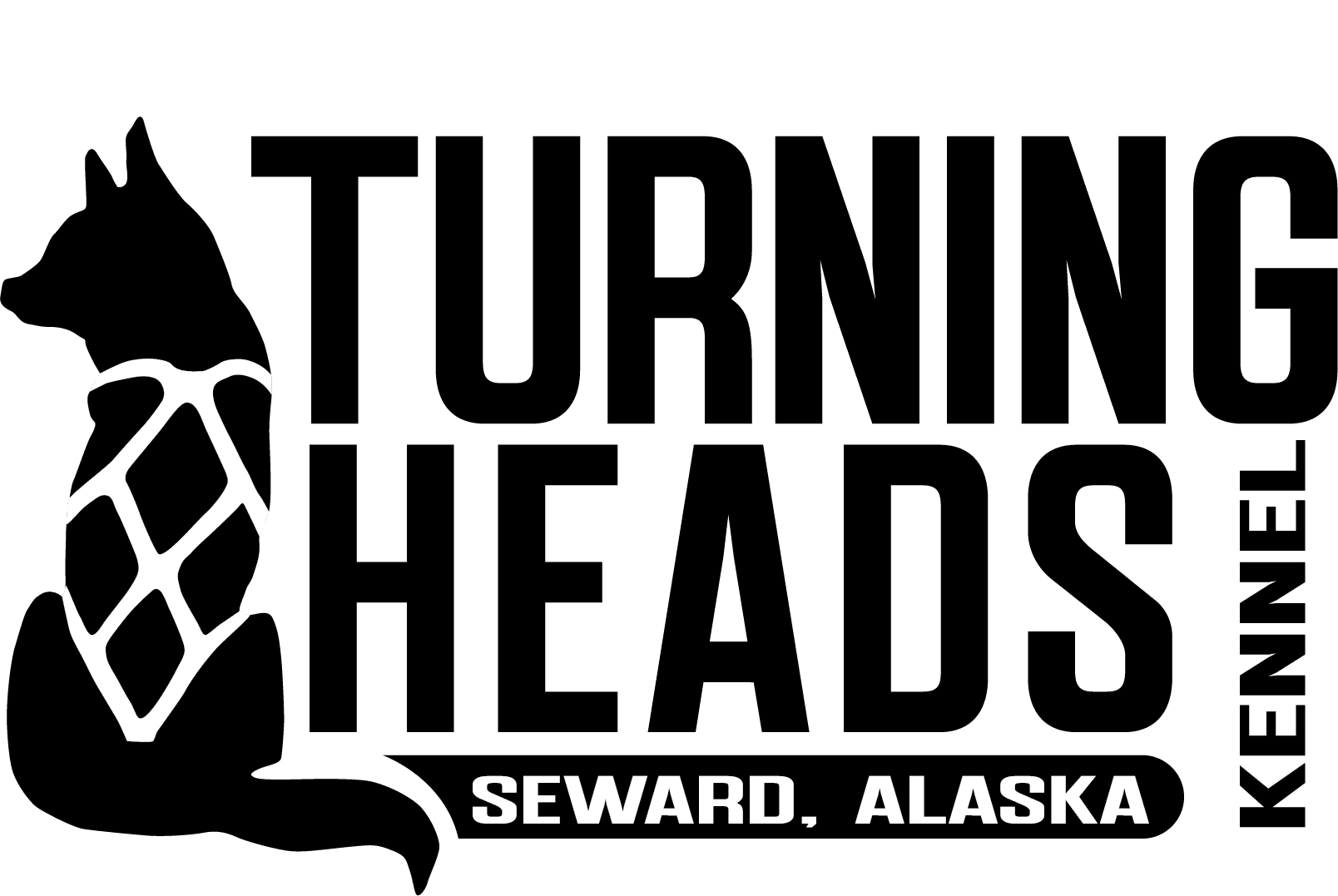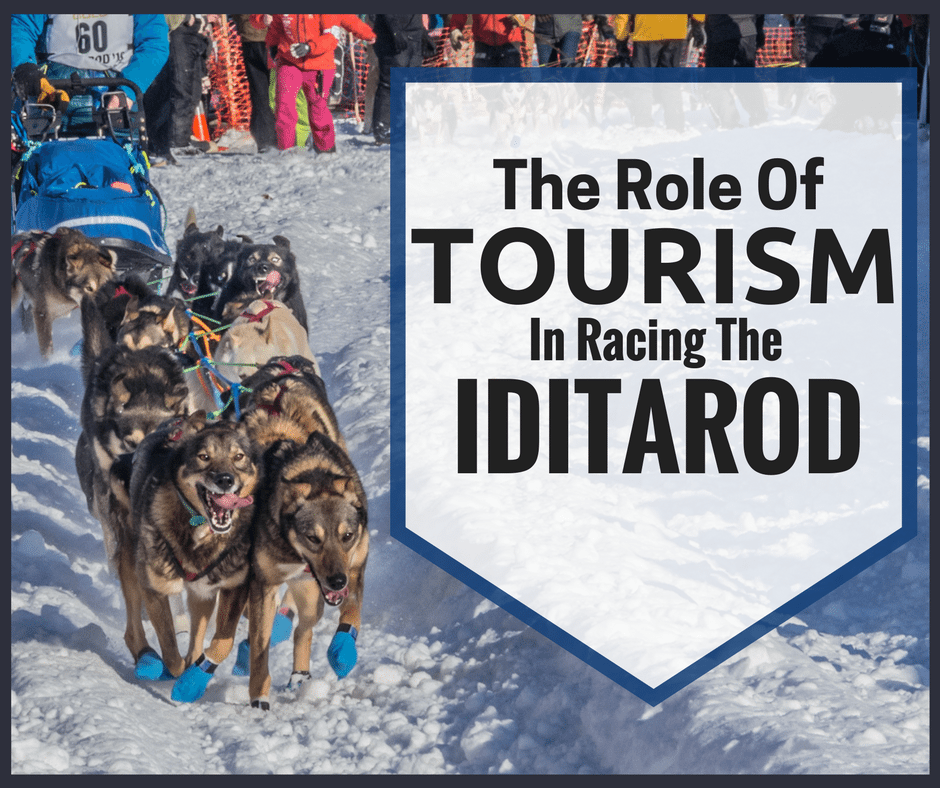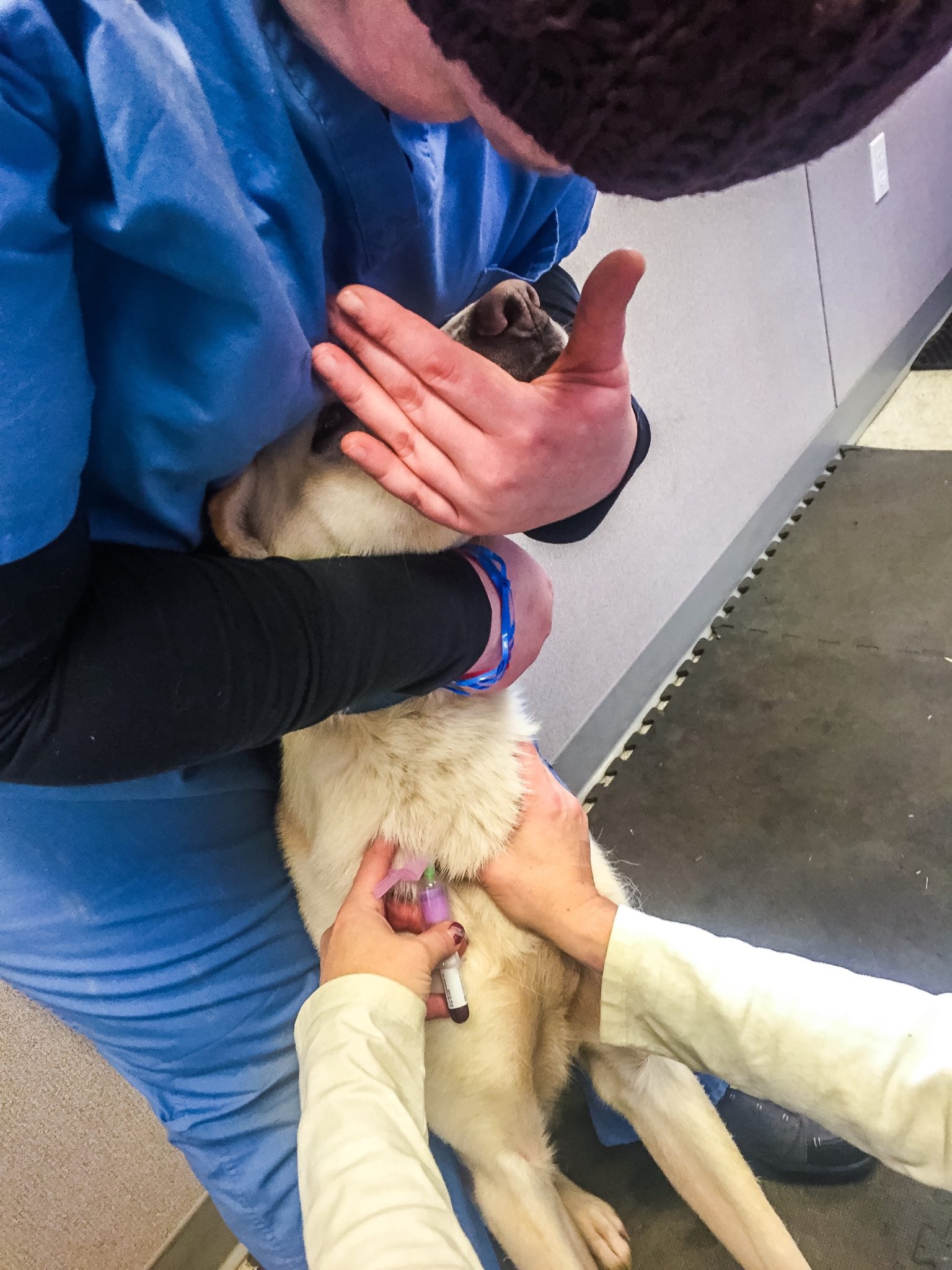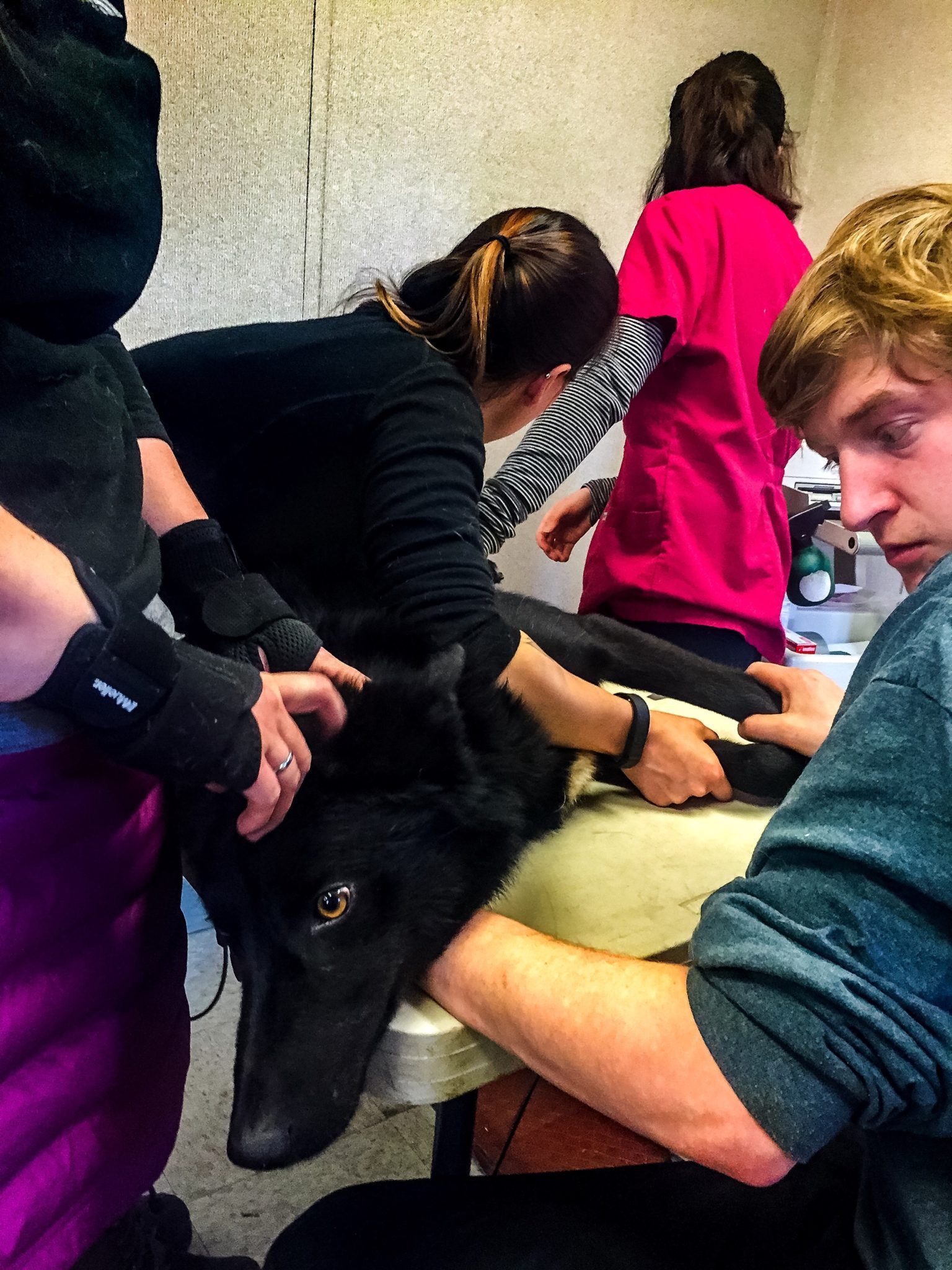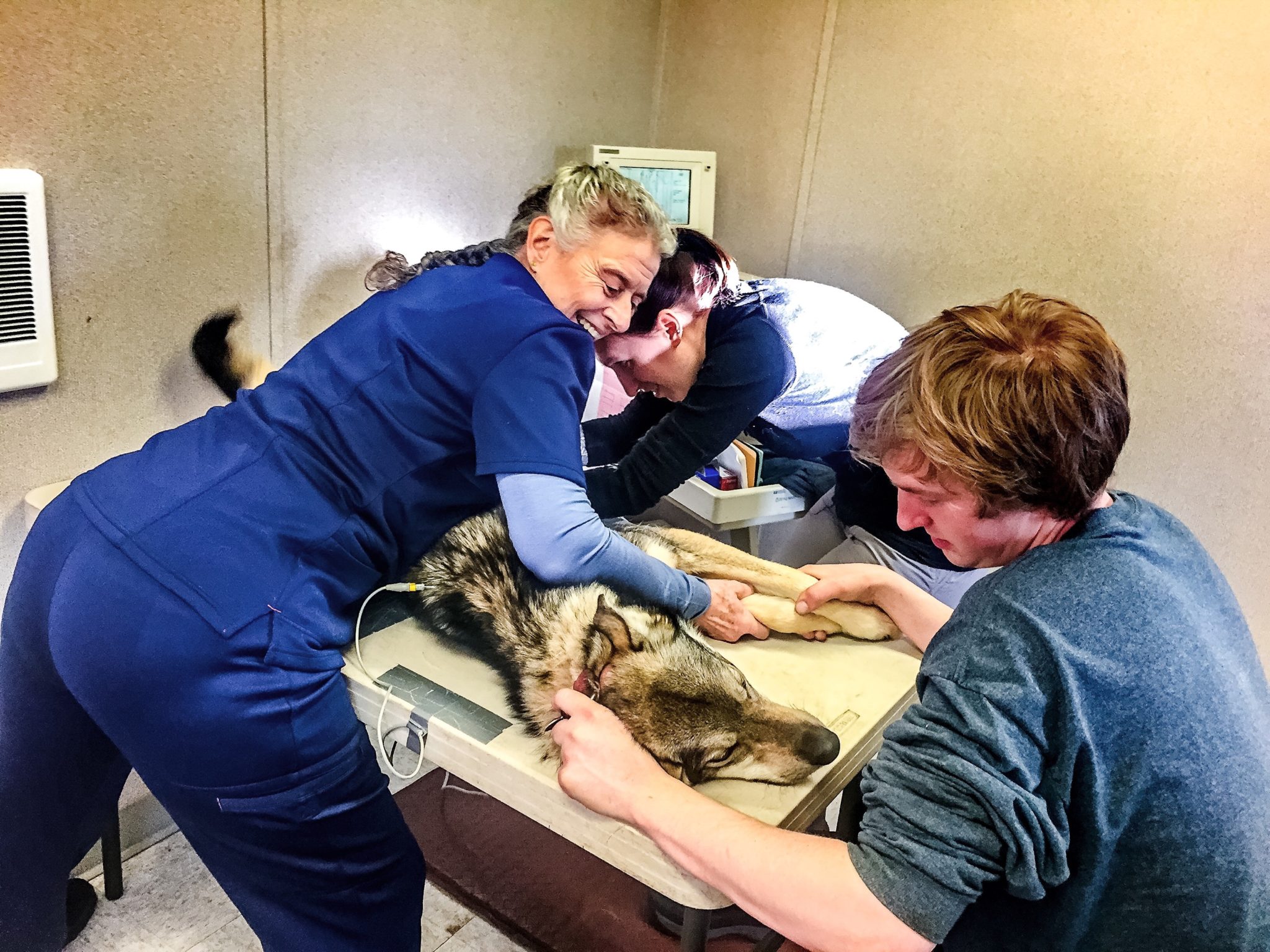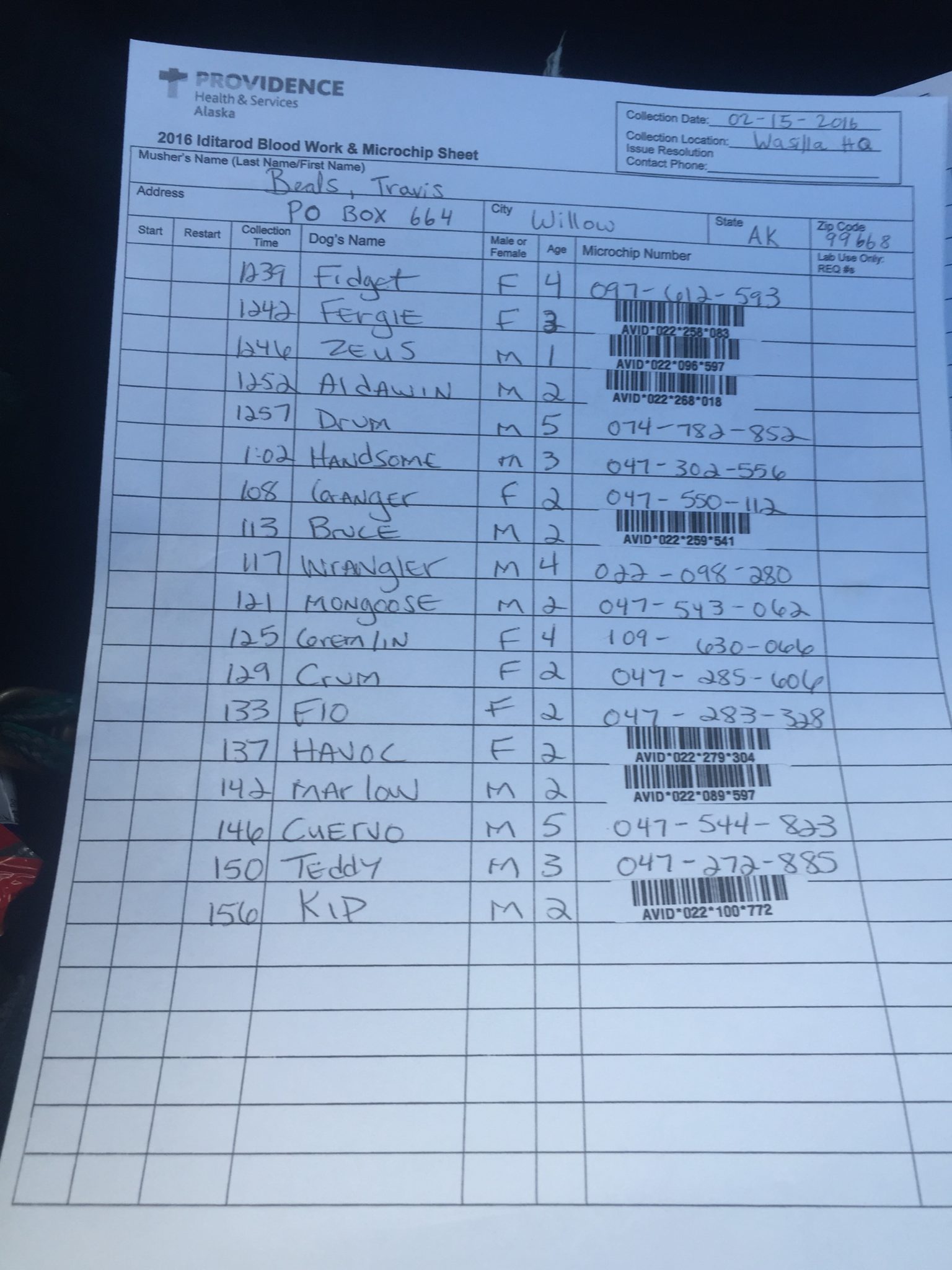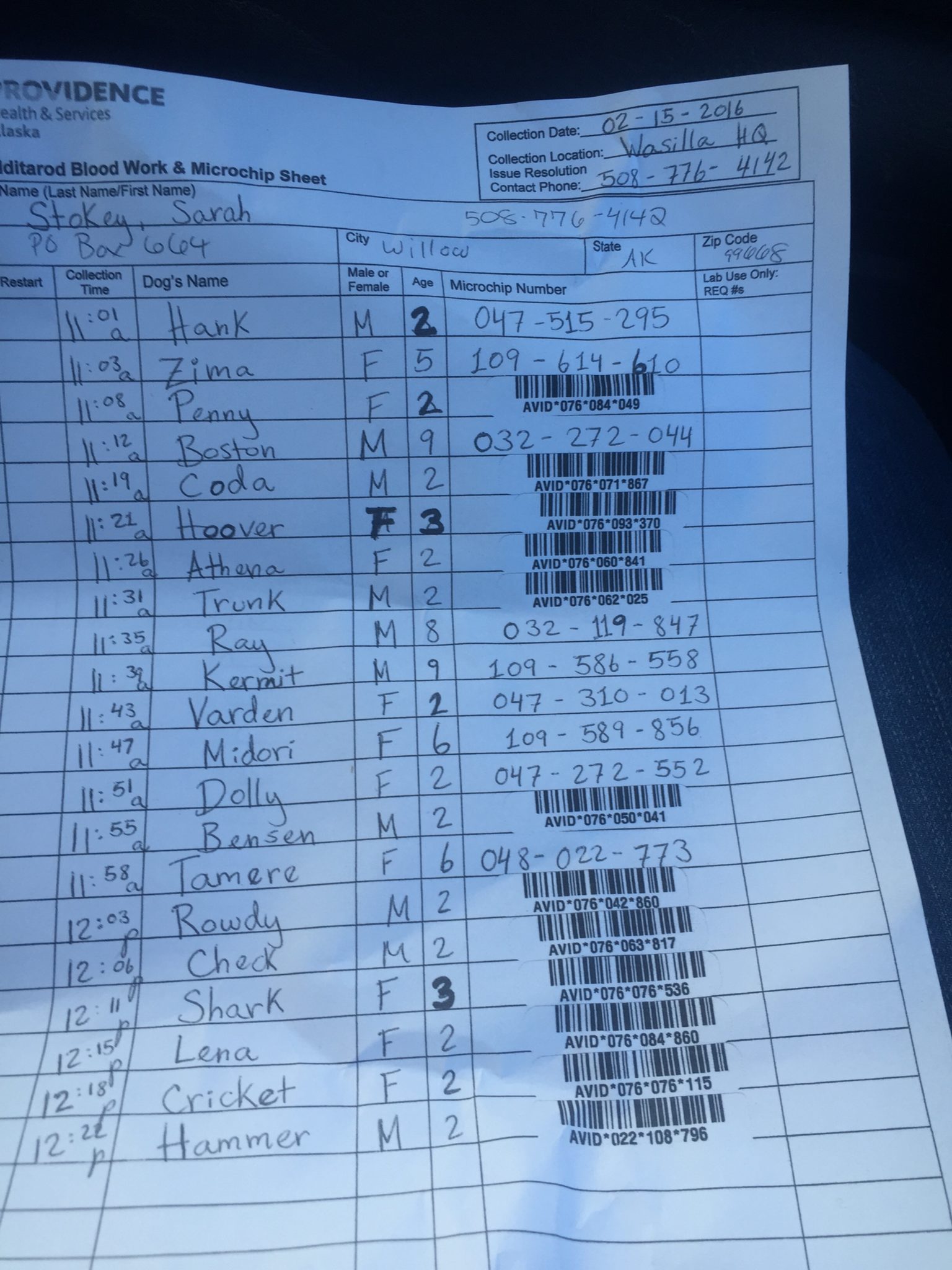The Iditarod start has moved to Fairbanks. The start moving so far north and adding an extra day between the ceremonial start and the restart is a pain — but we adjust and move on. More daunting is the new trail is almost 200 miles longer. I’m grateful for once not to be racing. 900 miles of river running is boring and gives you too much time with your thoughts. There are no real changes in the landscape or sections of trail to require concentration. It is monotonous.
I don’t know what to expect from the team this year. Training started off stronger than ever but with no snow here since January training has been difficult. Travis has to balance the role of father and musher. He is doing it as well as anyone. Conditions have meant he’s had to travel to get the dogs trained. He craves that elusive victory but not at the expense of missing too much family time and for that i am so grateful.
Elias is quite the wild child. Little kids are exhausting, humbling, rewarding and enchanting. I find myself in awe of everything our son does, however simple. I find myself in a slower pace and more regulated to the sidelines than I once was. The passing of seasons can be so hard. I find myself reading more of adventures than having them myself and get ready once again to sit on the sidelines. Cheering too is its own virtue and I am lucky for what we have — even if at times I do feel like the sled dog that wasn’t picked for the team.
Travis is downplaying his chances this season, whether because he genuinely feels that way or to lessen the pressure on himself I can’t say for certain. It always seems like a mad rush to get to this point of the season and then time crawls painfully forward until the 3-2-1-go of the start.
Then the anxiety starts. I feel am stuck right now in the “hurry up and wait” phase but all too soon the race will start and my nights will be restless with worry and anticipation.
